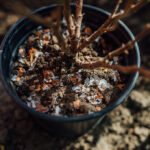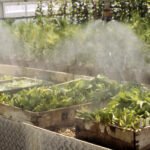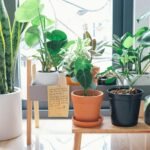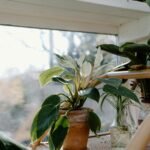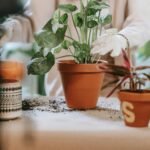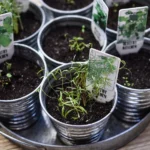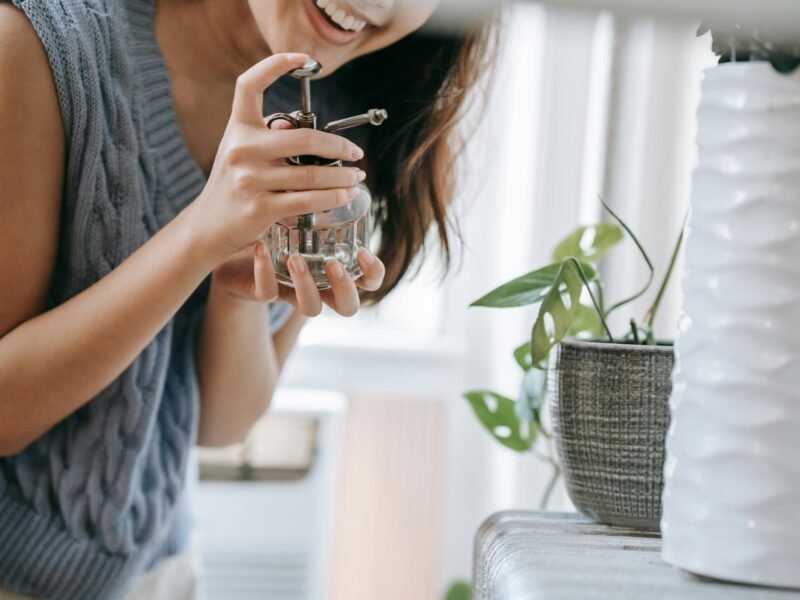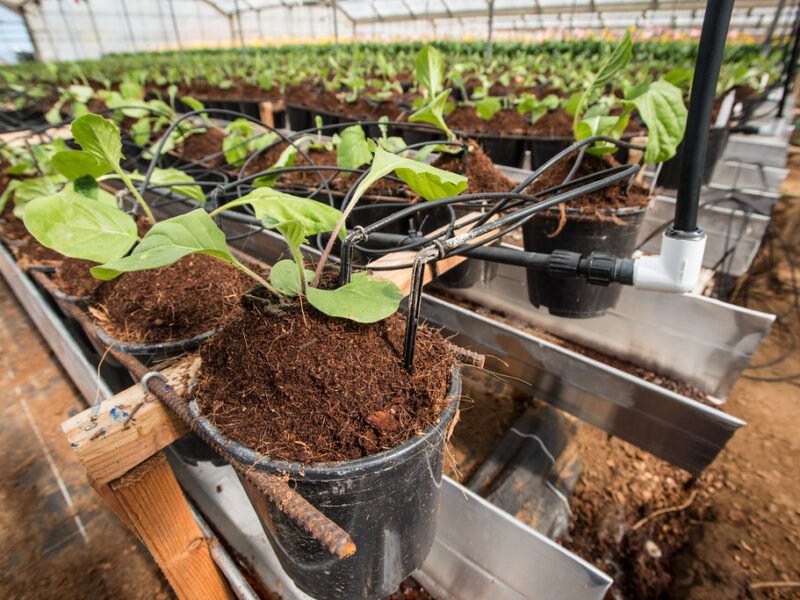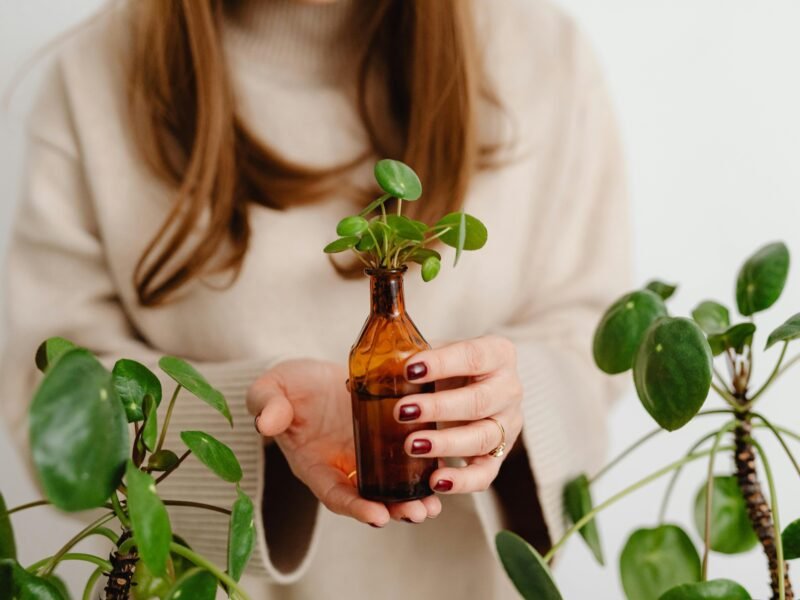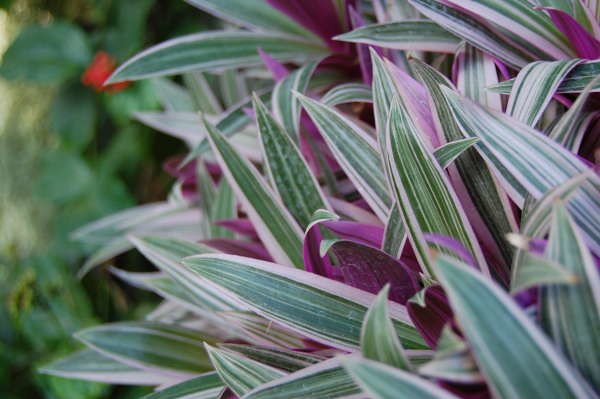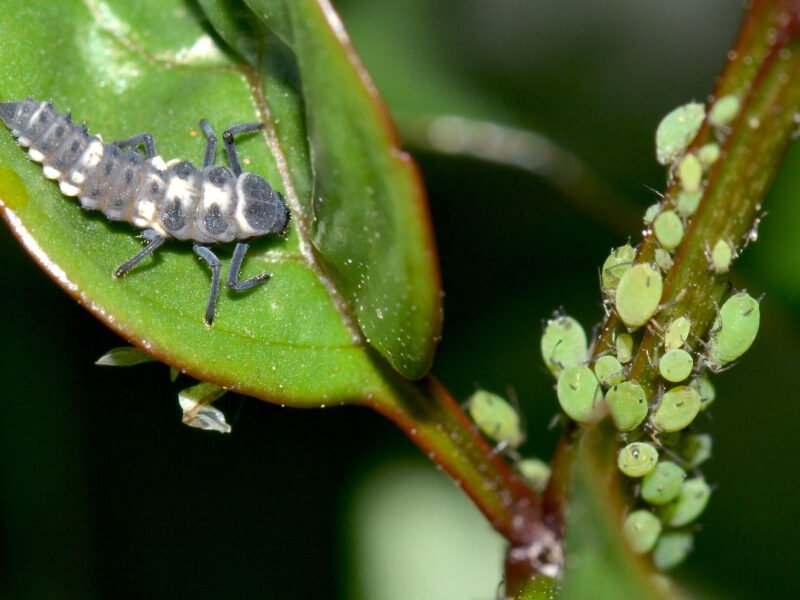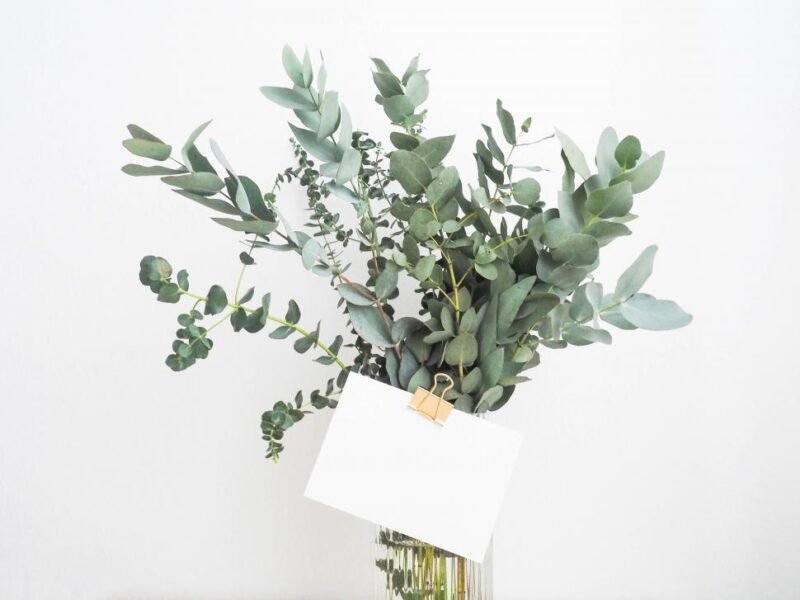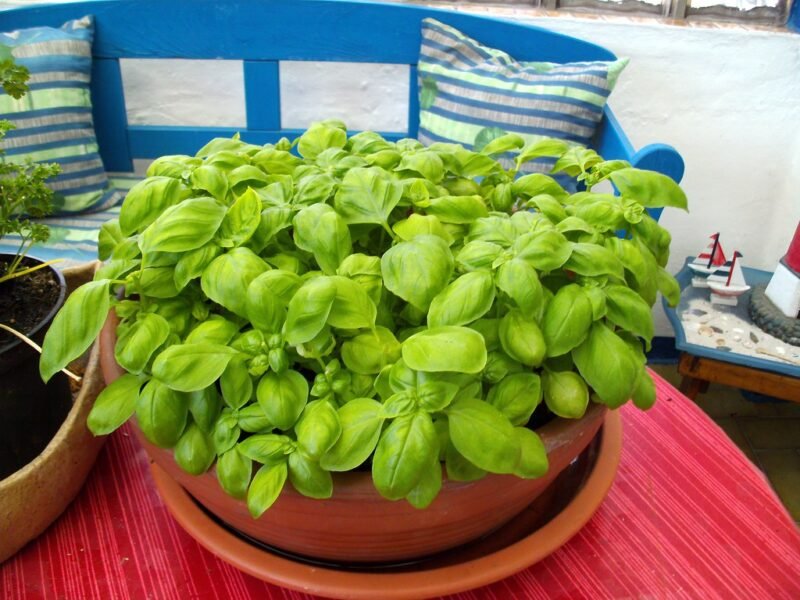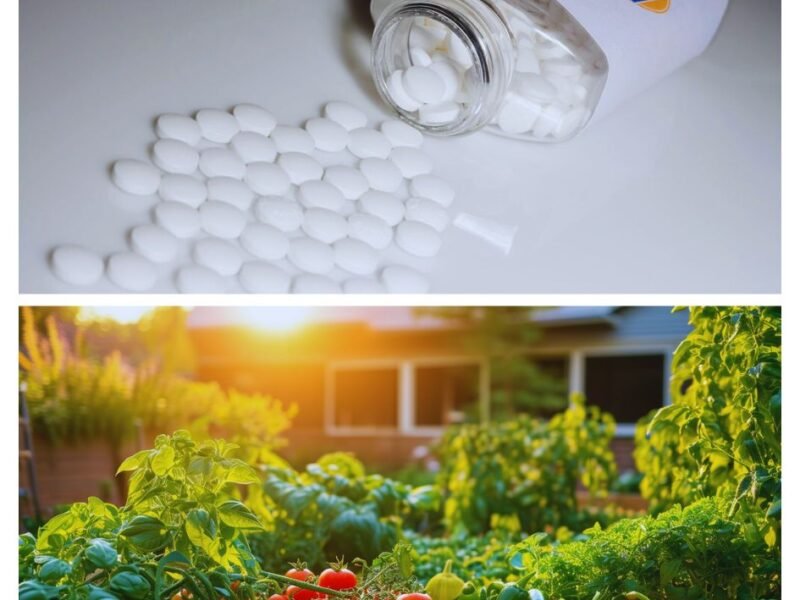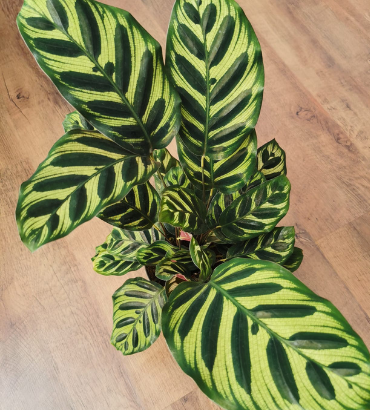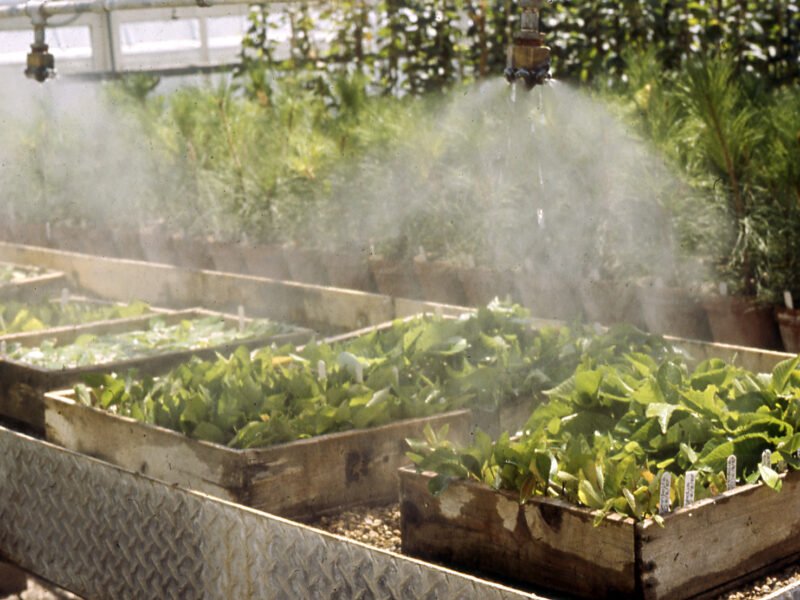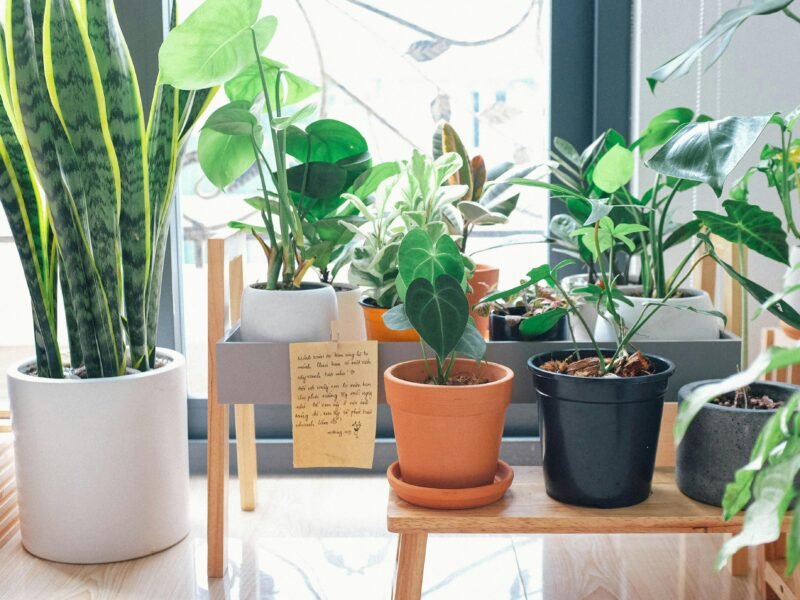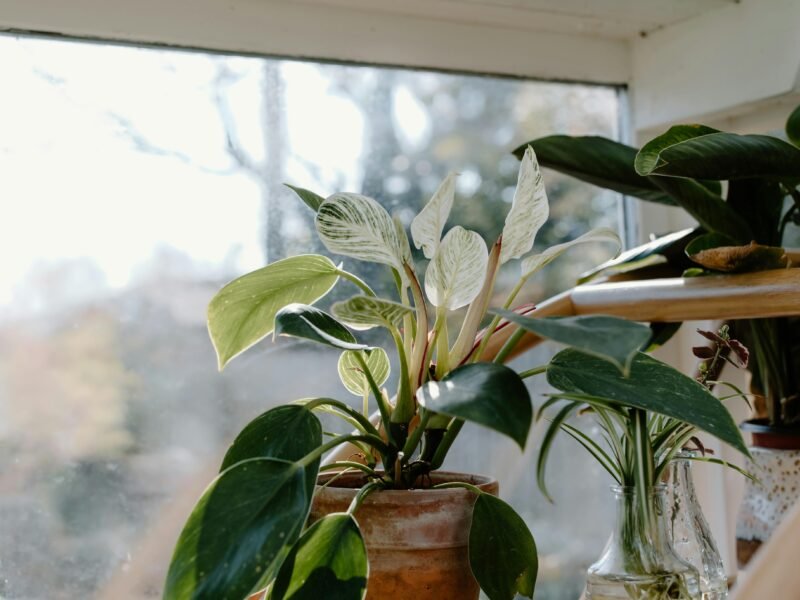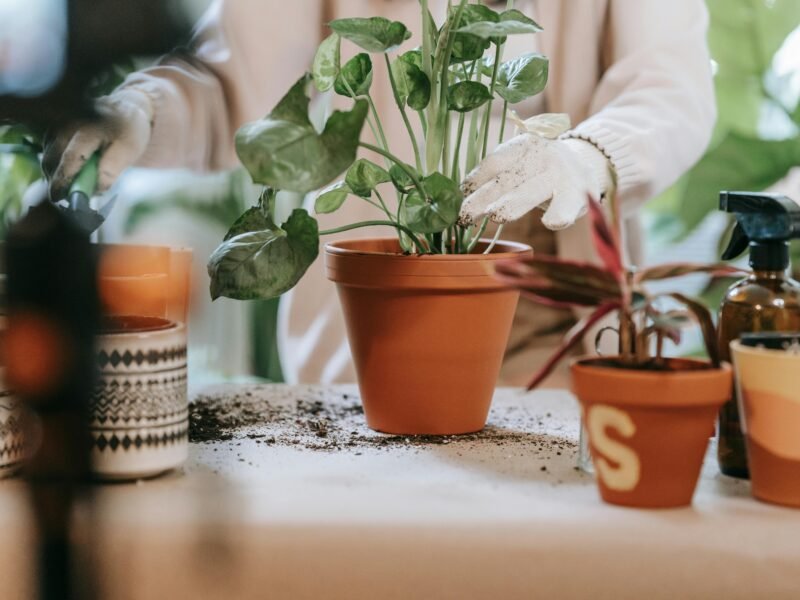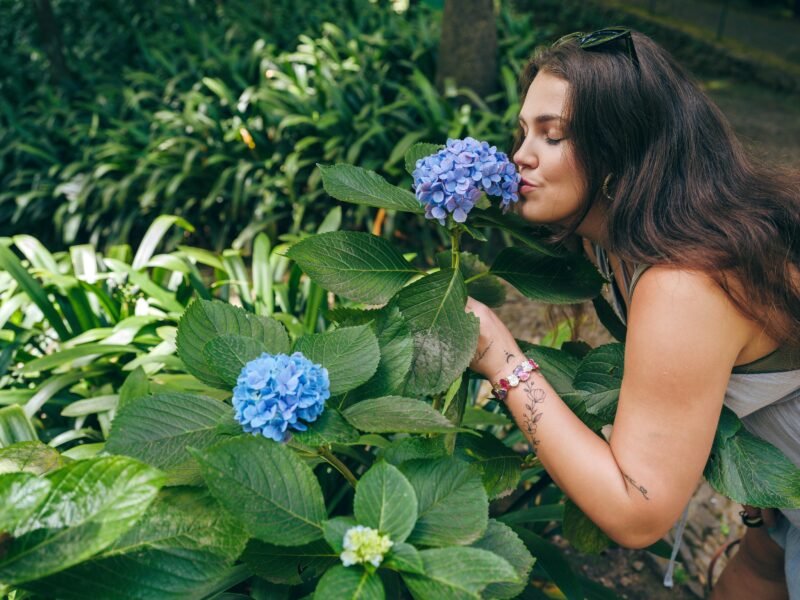When to Start Indoor Plant Seeds
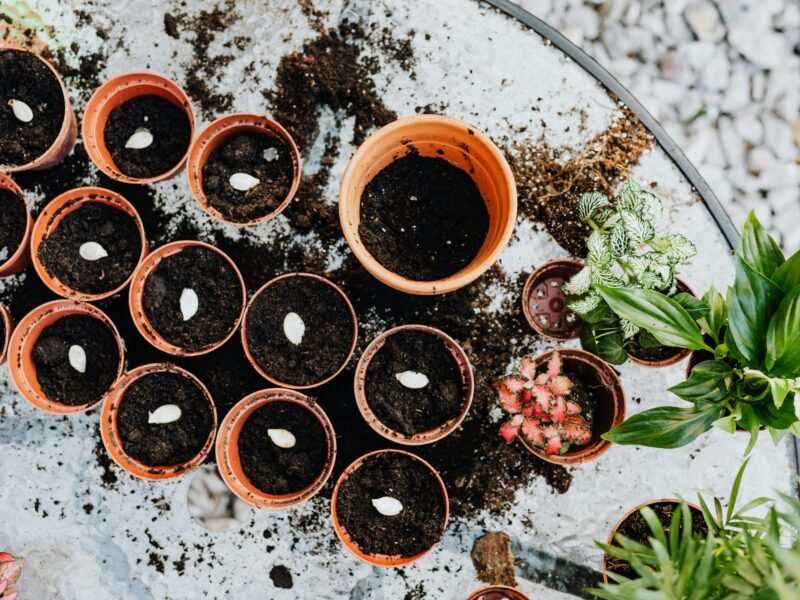
Growing your indoor plant seeds is a rewarding activity that allows gardeners to fully utilize the upcoming planting season by starting early. Start seeds too early or too late, and the plants may become stunted and weaker than they should otherwise be. The best way to know when to start seeds indoors begins with the last frost date in your zone, so you can get a leg up. These tips will give you successful germination timelines for plants designed for indoor starting. Many factors, from your local climate to the plant you are sowing, can influence when the best time is for planting.
Cool-season plants may need to begin long before warm-season crops, and knowing the differences is what will make a successful crop versus one that fails. In this post, we explore the factors to consider when choosing the right time of year for indoor plant seeds to start, including a brief overview of temperature requirements and light requirements, as part of our 5-part Indoor Seed Starting Basics Series. By adhering to these rules and suggestions, you can maximize the timing of planting according to season, which helps boost your indoor garden production.
Table of Contents
ToggleGrowing Seeds from Seed
Understanding the advantages of starting plant seeds indoors before we get into specifics on timing, it is essential to know why you might want to start some plant seeds indoors. Starting seeds indoors gives gardeners the opportunity to:
Get a Head Start: Start growing crops before the outdoor season begins, so the plants get a head start on harvesting.
Control Conditions: Set up ideal growth conditions with controlled house temperature, light, and humidity.
Specializing in Uncommon Varieties: You can grow plants that are hard to find or whose seeds are not readily available.
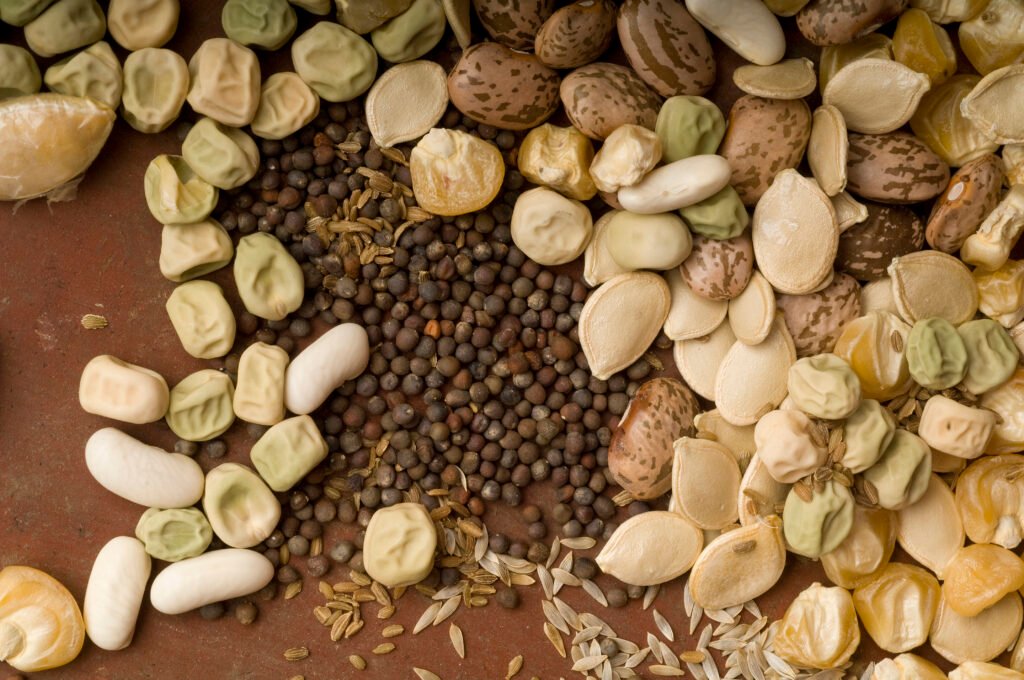
When is the Best Time to Start Plant Seeds?
Different Specifications for Plant Varieties
As there are many different growth and cultivation conditions for every plant, knowing this is crucial when deciding the best time to sow indoors. Here’s a general overview:
Vegetables from Cool Season Plants: Broccoli, cabbage, and lettuce should be started early in the season. Most of these plants should be started about 6–8 weeks before the last frost.
Warm-Season Plants: Tomatoes, peppers, and cucumbers require warmer temperatures and should be started to plant seeds 8 to 10 weeks before the last frost date. If these seeds become too large for their containers before it is time to plant them outdoors, they could develop tall and leggy seedlings.
Herbs and flowers: Just as basil will likely require an indoor start, other herbs do well this way. Herbs are typically sown indoors between 6 and 8 weeks before the last frost date, and flowers can range from anywhere in the span based on what type. So start to plant seeds accordingly. Learn more about herb gardens here.
Last Frost Date
The last frost date is a critical milestone in the indoor plant seeds starting calendar. To determine this date:
Check out local gardening resources, consult your local agricultural extension services, garden center, or online gardening forums for the average last frost date in your area.
Plan in reverse: Take your last frost date and work backward to find when you should plant seeds. Let us say, for example, your last frost date is April 15, and you need to give tomato seedlings 8 weeks before the last expected cold period, which would make it February 15.
Seed Germination Time
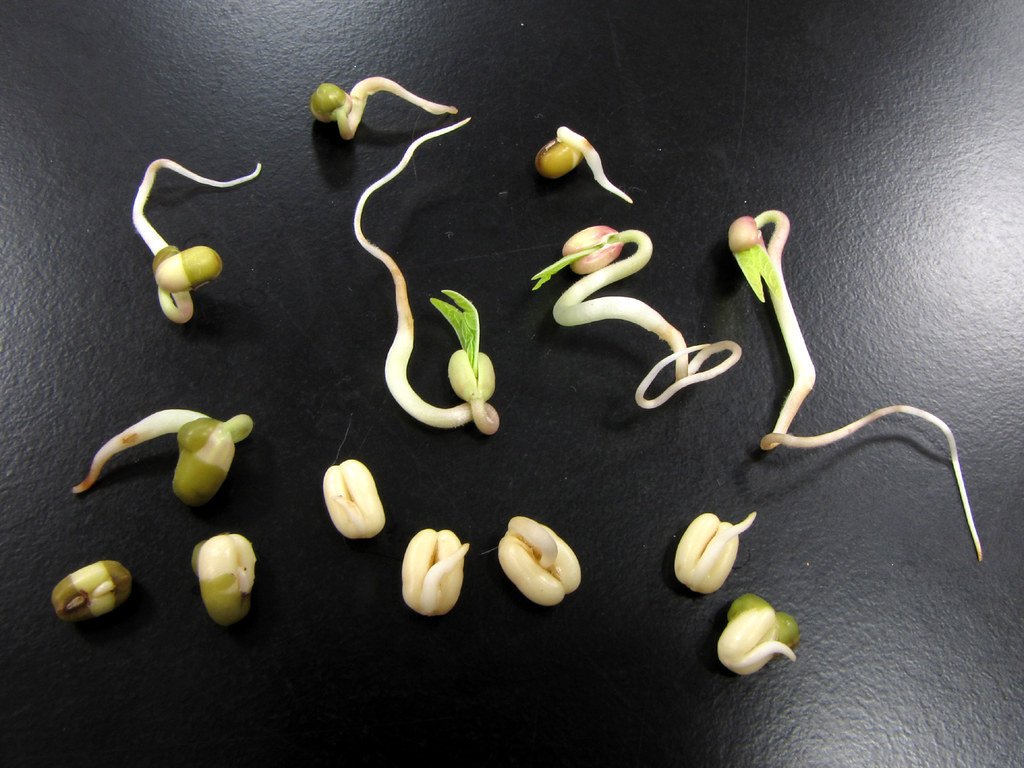
Depending on who you talk to, different plant seeds have different germination times, so when you start them, it will make a huge difference.
They are fast germinators. Seeds like radishes or lettuce can go from seed to kitchen in 1-3 weeks. These may be sown closer to the planting date.
In summary, some seeds (tomatoes, peppers, etc.) are slow to germinate and can take a few weeks from planting seeds, 6–8 or more in pot, before you see strong seedlings form. Be sure to plant these seeds long before the last frost date, as they need a lot of time.
Seedling Growth Time
Think beyond germination: how long does it take for true leaves to emerge and reach transplant-appropriate size?
Ready to Take Out into the World: Plants are ready for transplanting when they have two or more sets of true leaves, and their stems/stalks can hold themselves up straight. Topper/Top marketers in Pakistan This means that many crops, like cucumbers and squash, must be started in days or weeks before germination.
Before transplanting, seedlings must be gradually inured to outdoor conditions through a process known as hardening off before transplant. This should be done about a week before the desired date for outdoor planting.
Seed Starting Scheduling
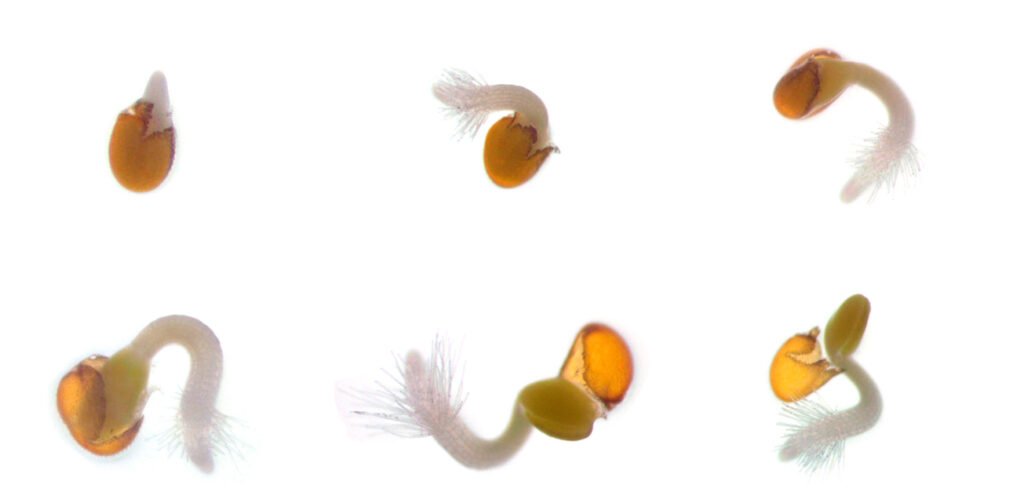
Find planting schedules for each type of flower you intend to grow. Most seed packets and planting guides will inform you when to start your seeds.
Calendar: Once you know the average last frost date in your area, count backward based on seed starting requirements. Now, add to this timeline the date of germination and critical milestones associated with transplanting.
Growing Conditions: Your indoor setup needs to handle your new seedlings as they grow. They could provide adequate lighting, temperature control, and the ability to share a space.
Tips for Indoor Plant Seeds Starting
Enough Light: Use grow lights or fluorescent lights if the sunlight is insufficient. You need to provide seedlings with 12–16 hours of light every day so that they can grow and thrive.
Keep at the Right Temperature: Most seeds germinate best between 65-75°F (18-24°C). If needed, use a seedling heat mat to keep things warm and happy.
Start with Good Seed Starting Mix: A light, fast-draining seed starting mix will help prevent problems such as damping off, a disease that often attacks seedlings.
Well, Humidity Bar: Retain humus moisture as long as possible; however, you must not oversaturate the ground. Mist the soil (ideally with a spray bottle) to keep it consistently moist.
Feed Carefully: When your seedlings have proper leaves, they enjoy an excellent, light feeding of liquid fertilizer. Do not overfertilize, for this can result in nutrient imbalances.
Modifying for Special Circumstances
Here are a few examples of how your timing may need to change:
Early Spring/Late Frosts: If you know late frosts are expected or your spring takes a long time to start with warming temperatures, buy more plant seeds now.
Long-Term Indoor Growing: If you intend to have plants residing indoors long-term (e.g., overwintering), change the timeline for extended indoor growth periods. Read more about seeding here.
Finally, it simply comes back to learning when to start inside plant seeds so that you may have a bountiful gardening season. Understanding your local frost dates and the requirements of cold- or warm-loving plants will guarantee the production of robust, healthy seedlings, ready for outdoor transplantation once the weather warms up. Starting plant seeds indoors not only gives you an edge on the growing season but also provides better influence over the genera of plants you choose. A successful spring garden full of bountiful veggies, herbs, or flowers depends greatly on planning and caring for your plant seeds. Plant at the right time with the proper care, and your plants will thrive in your outdoor elements when ready.
Most Viewed
Latest Articles



